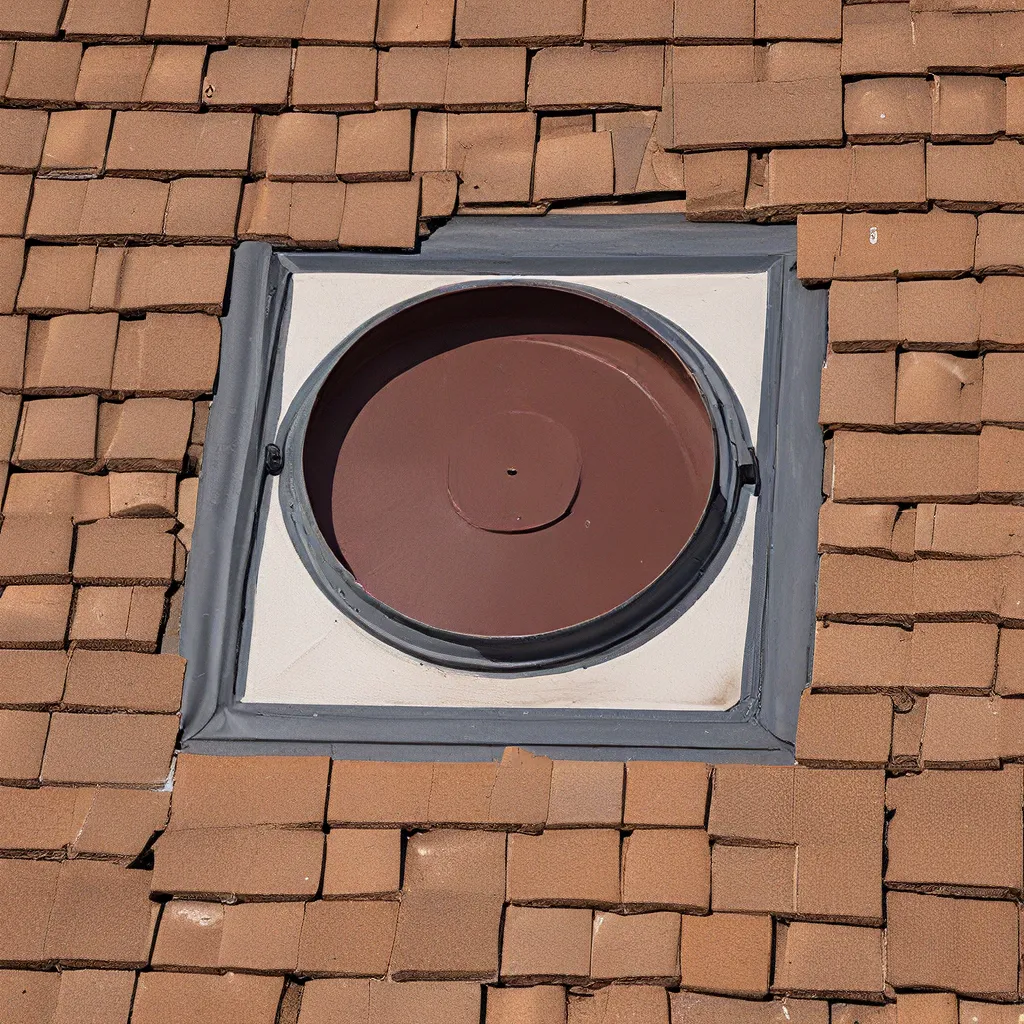
The Scorching Arizona Sun: A Tale of Rooftop Woes
As I sit here in my Phoenix home, staring up at the blazing sun beating down on my roof, I can’t help but wonder – is there more to this whole roof ventilation thing than meets the eye? I mean, it’s not like I haven’t tried the usual tricks, like closing the curtains and sealing up the doors. But something just feels off, like there’s a hidden secret to keeping my home comfortable and energy-efficient, even in the midst of a sizzling Arizona summer.
Well, my friends, after some digging and a few choice words exchanged with my local roofing contractor, I think I’ve uncovered the truth. It turns out that proper roof ventilation is the key to unlocking the mysteries of a cool and comfortable Phoenix home. And let me tell you, the journey has been equal parts enlightening and, well, surprising.
The Importance of Roof Ventilation
Let’s start with the basics. Roof ventilation is the process of allowing hot air and moisture to escape from the attic or roof space, preventing it from accumulating and causing all sorts of problems. And trust me, you don’t want those problems in Phoenix – they can range from mold and mildew to premature roof deterioration and skyrocketing energy bills.
The experts at America Roofing explained that proper ventilation is essential for maintaining a healthy, efficient, and long-lasting roof system. It’s like having a built-in air conditioning system for your home – the vents and fans work together to keep the hot air moving and the cool air flowing.
The Surprising Science Behind Roof Ventilation
Now, here’s where things get really interesting. Did you know that the science behind roof ventilation is a bit of a mystery, even to the experts? That’s right, there’s still ongoing research and debate around the most effective ventilation methods for Phoenix homes.
Some experts believe that traditional ridge vents and soffit vents are the way to go, allowing hot air to rise and escape through the top while drawing in cooler air from the eaves. Others, however, argue that power vents or even solar-powered attic fans might be the better option, as they can more actively remove the hot air and keep the whole system running smoothly.
Personally, I’ve been experimenting with different combinations of these ventilation strategies, and I have to say, the results have been pretty surprising. One day, my home felt like a sauna, and the next, it was positively breezy. It’s almost as if the roof has a mind of its own.
Navigating the Ventilation Maze
Now, I know what you’re thinking – with all this conflicting information, how on earth am I supposed to figure out the best ventilation solution for my Phoenix home? Well, fear not, my friends, because I’ve learned a thing or two along the way.
The key is to assess your specific roofing and attic conditions. Things like the size and shape of your attic, the placement of your existing vents, and the overall insulation of your home can all play a role in determining the most effective ventilation strategy.
It’s also important to consider your energy efficiency goals. Do you want to prioritize reducing your cooling costs, or are you more concerned with extending the life of your roof? Depending on your priorities, you might lean more towards passive ventilation or a more active, power-driven system.
And of course, don’t be afraid to consult the experts. A good roofing contractor or HVAC specialist can analyze your home’s unique needs and provide tailored recommendations. They can even help you navigate the often-confusing world of permits, building codes, and local regulations.
Unlocking the Ventilation Secrets
Now, I know what you’re thinking – this all sounds great, but how do I actually put it into practice? Well, my friend, let me share with you the ventilation secrets I’ve uncovered.
First and foremost, start with a thorough inspection. Take a good hard look at your attic, your roof, and your existing ventilation system. Look for signs of air leaks, moisture buildup, or any other issues that might be hampering your home’s comfort and efficiency.
Once you’ve got a clear picture of the situation, it’s time to explore your ventilation options. As I mentioned, there are a variety of strategies to consider, from traditional ridge and soffit vents to more advanced power systems. Upgrading your drip edge and installing new ridge vents can be a great starting point, while adding solar-powered attic fans or balanced ventilation systems can take things to the next level.
And remember, it’s not a one-size-fits-all solution. The key is to find the right combination of ventilation strategies that work best for your home. It might take a bit of trial and error, but trust me, the payoff in terms of comfort and energy savings is well worth it.
Putting It All Together
As I sit here, sipping my iced tea and admiring the breeze flowing through my home, I can’t help but feel a sense of triumph. Sure, the journey to unlocking the secrets of roof ventilation for my Phoenix home has been a bit of a rollercoaster, but I’ve learned so much along the way.
From the importance of proper airflow to the ever-evolving science behind ventilation systems, I now have a much deeper understanding of how to keep my home cool, comfortable, and energy-efficient, even in the face of the scorching Arizona sun.
So, if you’re a fellow Phoenix homeowner struggling with the rooftop woes, fear not. With a little bit of research, a dash of creativity, and the right ventilation strategy, you too can unlock the secrets to a truly comfortable and sustainable home. After all, isn’t that what we all strive for, in the end?
Now, if you’ll excuse me, I’ve got some more experimenting to do. Who knows what other ventilation secrets might be waiting to be discovered?
